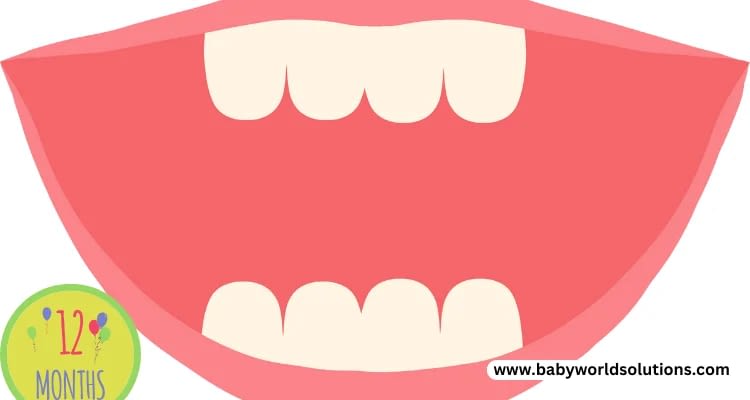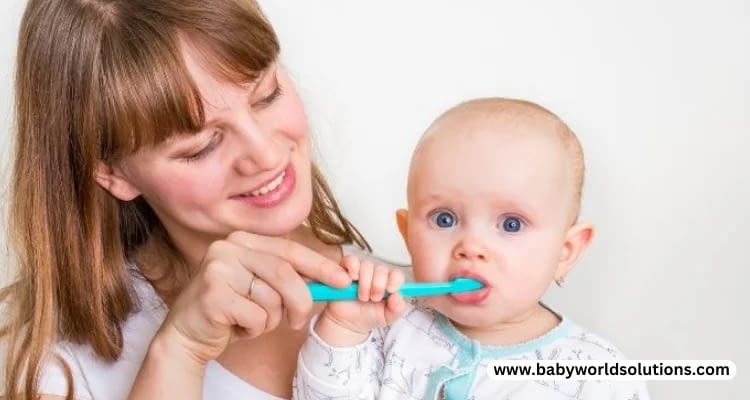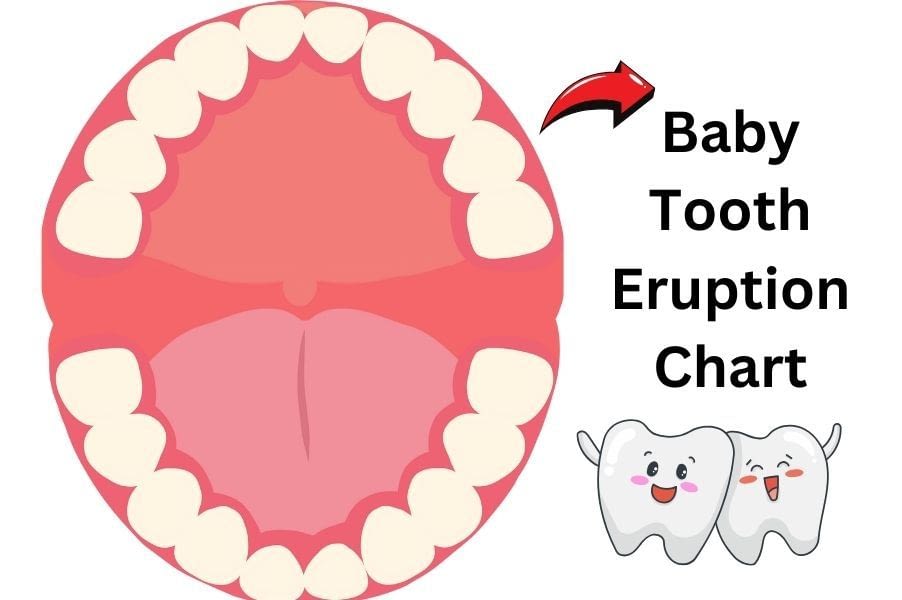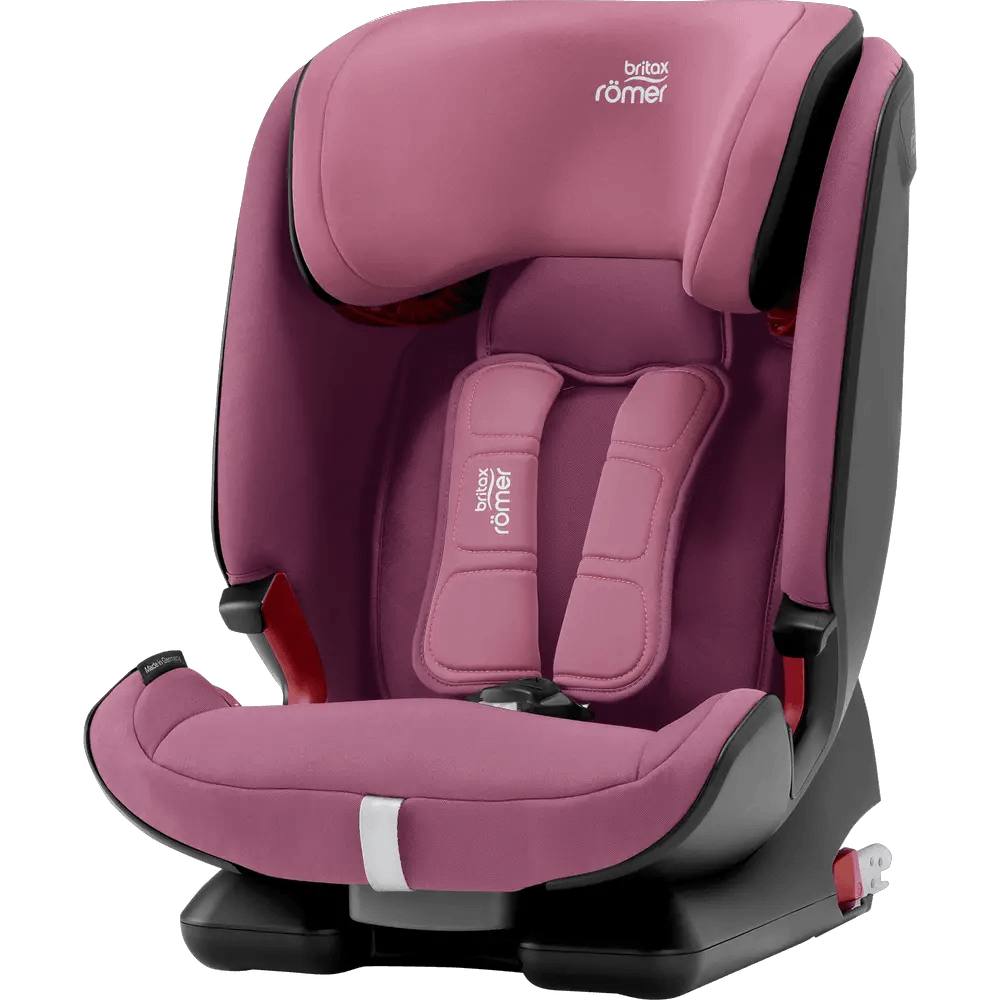Understanding when and how your baby’s teeth will appear is a significant aspect of parenting. As first-time moms, the world of baby tooth eruption might seem complex and unpredictable. This Baby tooth eruption chart guide aims to simplify the process, providing vital insights and ensuring you’re well-prepared for each new tiny tooth milestone.
What is a Baby Tooth Eruption Chart?
A baby tooth eruption chart is a visual timeline that outlines which teeth you can expect to see sprouting in your baby’s mouth and when. It’s a pivotal tool for parents to monitor their child’s oral development and anticipate the potential challenges of each teething stage.
Stages of Tooth Eruption
The baby teething timeline generally begins around 6 months, but as with all developmental milestones, some babies start earlier and others later. Don’t worry if your child is an early or late bloomer; there’s a wide range of normal.
- At 6-10 months, the lower central incisors often make their grand entrance.
- By 8-12 months, the upper central incisors usually join the party.
- Next, between 9-13 months, the upper lateral incisors find their place.
- Around 10-16 months, expect the lower lateral incisors to emerge.
- The first molars typically take their spots at 13-19 months.
- Canines, the pointed teeth, follow at about 16-23 months.
- Lastly, the second molars wrap up the teething journey, commonly between 23-33 months.
By age 3, most children will have a full set of 20 baby teeth. Variations are normal, and genetics, health factors, and nutrition can affect this timing.
How many teeth does a child have?
The number of teeth a child has will gradually increase as they grow older. When a child reaches five or six, they typically have 20 primary or baby teeth.

Understanding the Baby Teething Age
Teething can be tough for both mom and baby, characterized by drooling, gum swelling, irritability, and occasional sleep disruptions.
First-time mom Sarah recollects, “My little one’s first tooth came through at just 3 months. It was unexpected, and I thought he had a cold because of the drool and fussiness. A quick check revealed it was his first tooth!”
Emily shares her go-to remedy to soothe discomfort: “A cold teething ring was a lifesaver during my daughter’s teething phase. It helped alleviate her gum pain and gave us a few more precious moments of sleep.”
Importance of Oral Care for Babies
Practicing good oral hygiene habits is crucial even before the first tooth arrives. Gently wipe your baby’s gums with a soft, clean cloth after feedings and before bedtime. As teeth appear, introduce a baby toothbrush with a tiny smear of fluoride toothpaste.
Promoting these habits early can pave the way for a lifelong commitment to oral health and prevent common issues like cavities, gingivitis, and tooth decay.

Conclusion: Teeth Eruption Chart
In conclusion, the baby tooth eruption chart is a valuable tool for first-time moms to track their child’s oral development. But it’s the beginning of a lifelong journey towards good oral health. By staying informed, promoting healthy habits, and seeking professional guidance, you can give your child the best start for a bright and healthy smile. Enjoy every moment of watching your little one’s teeth grow and change, and remember to capture those precious toothy grins along the way!
But wait, there’s more! As your baby grows and reaches toddlerhood, their teeth will continue to develop and change. This includes the transition from baby teeth to permanent adult teeth. Losing baby teeth and getting new ones can be exciting and daunting for first-time moms. But don’t worry; this guide will also provide tips and insights for managing this transition smoothly.
Parents Also Ask
How many teeth do one year olds have?
One-year-olds can range in the number of teeth, anywhere from just a couple to a full set of 8 primary teeth. Typically, most one-year-olds will have about four to six teeth, with the lower and upper central incisors having usually made their appearance.
How many teeth do two year olds have?
As your toddler approaches their second birthday, you’ll notice a substantially fuller smile compared to their first year. On average, a two-year-old will have about 16 to 20 primary teeth, which include incisors, canines, and molars. However, this complete set of 20 teeth will generally be fully visible by the time they are two and a half to three years of age.
1 Visit today





